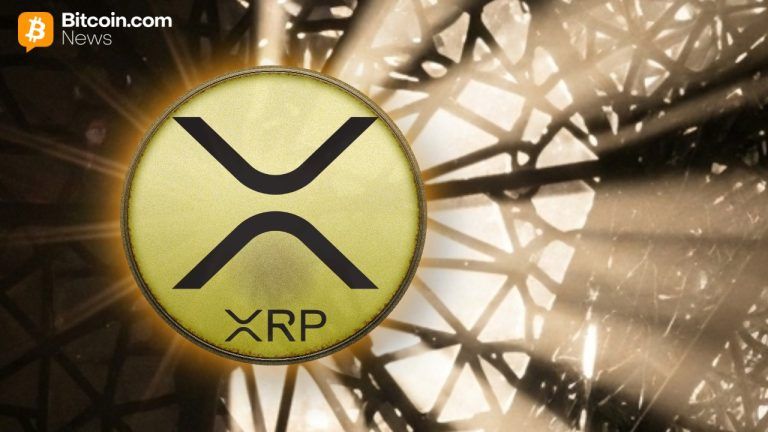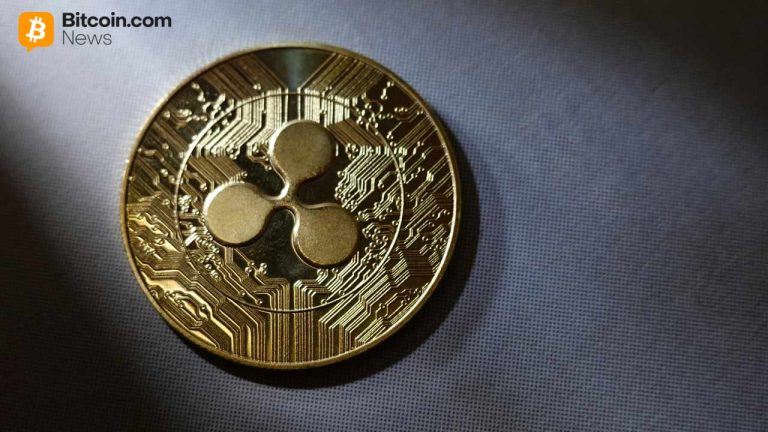ARTICLE AD BOX
Since the U.S. election, Tether has been on a minting spree, increasing its market cap by over $4 billion in a matter of days. This rapid issuance has caught the attention of many, particularly given Tether’s historical role in driving liquidity in crypto markets. At the center of this activity is Howard Lutnick, CEO of Cantor Fitzgerald and a prominent figure in Trump’s transition team, who recently defended Tether’s financial stability. However, Lutnick’s defense, despite his frequent criticism of Federal Reserve dollar-printing, has raised eyebrows and led to accusations of hypocrisy.
A $4 Billion Surge Post-Election
💵 💵 💵 💵 💵 💵 💵 💵 💵 💵 2,000,000,000 #USDT (2,000,555,420 USD) minted at Tether Treasuryhttps://t.co/YA2vbCTGBx
— Whale Alert (@whale_alert) November 11, 2024
Data from CoinMarketCap shows Tether’s market cap jumping from around $120 billion to over $124 billion since early November. This substantial increase in supply suggests a deliberate strategy to inject liquidity into the market during a sensitive post-election period. In past instances, such large issuances of Tether have been linked with notable rallies in major cryptocurrencies like Bitcoin, which recently surged over 40% to reach record highs.
Lutnick’s Double Standard?
Howard Lutnick, who oversees Cantor Fitzgerald’s management of Tether’s substantial U.S. Treasury holdings, has publicly endorsed Tether’s reserves as solid, stating that he has reviewed parts of the company’s balance sheet. Despite his endorsement, Lutnick has not provided any public proof of Tether’s holdings. Given his dual roles as both a Trump transition figure and a key player in Tether’s operations his support has lent credibility to Tether but has also stirred up skepticism regarding transparency and potential conflicts of interest.
Lutnick has long criticized the Federal Reserve for excessive money printing, warning of inflation risks and economic instability. Yet, his silence on Tether’s opaque practices raises questions. While he demands that the Fed be transparent and accountable, he hasn’t pushed Tether to verify its reserves to the public. This double standard has led many to question Lutnick’s commitment to financial transparency and has fueled doubts about Tether’s actual backing.
Regulatory Investigations Add Pressure
Adding to the controversy are ongoing regulatory investigations into Tether for potential anti-money-laundering and sanctions compliance issues. U.S. authorities are scrutinizing Tether’s operations, which has put Lutnick in a challenging position. His defense of Tether amid regulatory scrutiny raises concerns about a conflict of interest, as he supports a company that is under investigation while maintaining his stance as a market influencer and Federal Reserve critic.
Market Implications of Tether’s Rapid Issuance
The post-election surge in Tether’s issuance coincides with Bitcoin’s meteoric price increase, leading to speculation that Tether’s liquidity is a driving force. Historically, large Tether minting events have been associated with asset price rallies. With the cryptocurrency market increasingly dependent on Tether’s liquidity, questions arise about the potential risks if Tether’s reserves are found to be lacking or if regulatory actions intensify.
Tether’s recent minting spree has reignited calls for transparency in stablecoin markets. Lutnick’s endorsement, despite his vocal criticism of the Fed’s money printing, raises questions about accountability and consistency. If Lutnick demands transparency from the Federal Reserve, should Tether be held to the same standard?
 (1).png)








 English (US) ·
English (US) ·